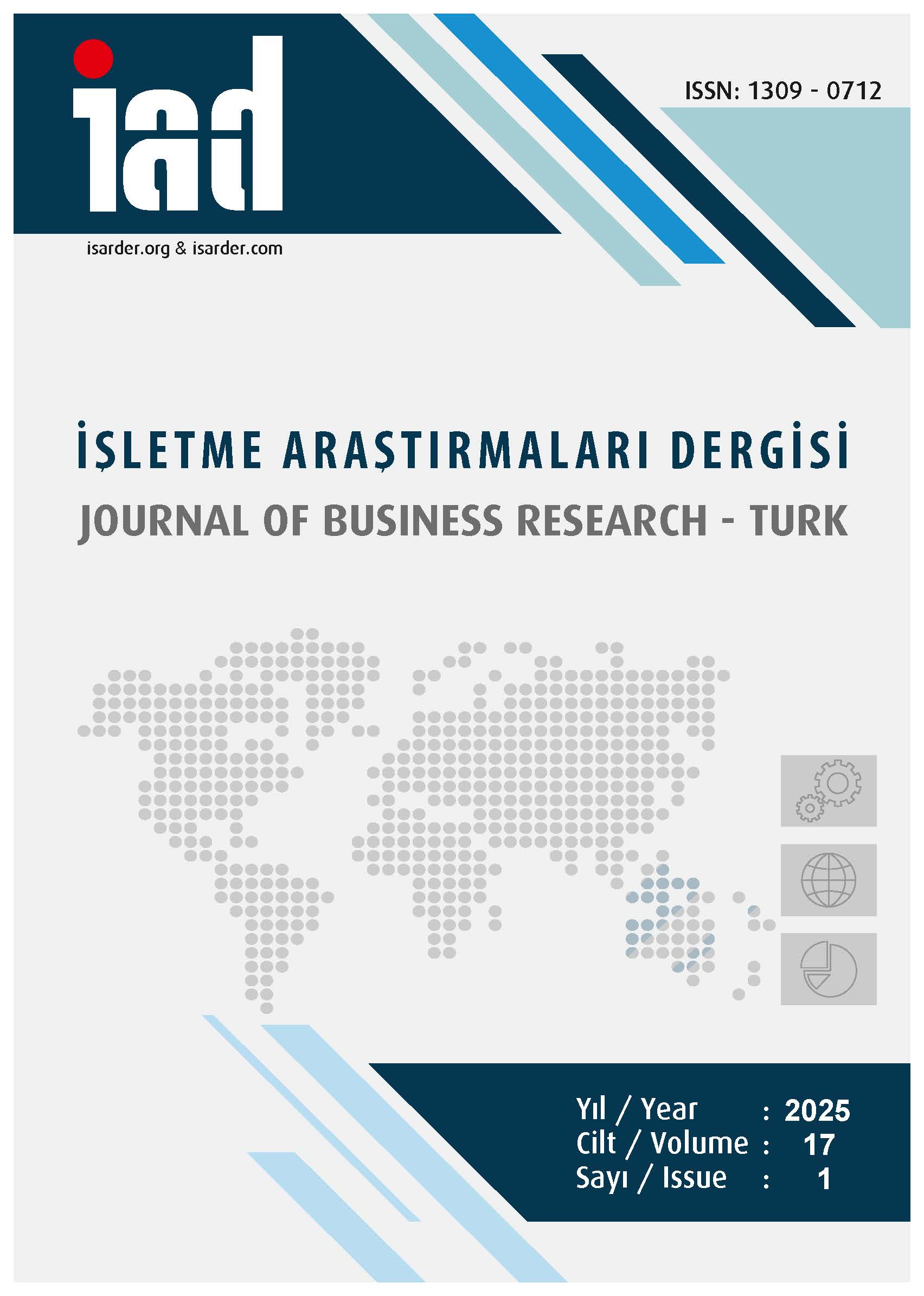The Effect of E-Health Literacy Level on Social Media Use Before and After Hospital Preference
DOI:
https://doi.org/10.20491/isarder.2025.1976Keywords:
E-healthliteracy, Hospital preferenceAbstract
Purpose – The aim of this study is to examine the effect of e-health literacy level on social media use in hospital preference. In addition, the impact of socio-demographic characteristics on social media use before and after hospital selection is addressed. In addition, by examining how social media use reflects on hospital preference, it is aimed to help healthcare managers produce strategies in this field. A model was created to examine the effect of the E-Health Literacy (EHL) scale score on the Pre-Hospital Preference Social Media Individual Tendency (PRIT) score and the Post-Hospital Preference Social Media Individual Tendency (POIT) score. Design/methodology/approach – In this study, Data were collected through convenience sampling, by applying a face-to-face survey to participants who agreed to participate in the survey voluntarily. Survey responses were analyzed using social science data analysis programs. Findings – 51.1% of the sample are women, 66.9% are single, 40.4% are university graduates, 23.9% are in the 18-24 age group, 69.9% are in the 5500-8500 TL income group. , 90.7% are SGK recipients and 40.2% spend 3-5 hours on the internet. It is understood that the model is valid since the model test values and fit index values of the model in the path analysis model with the observed variables are within acceptable fit limits. In the study, it is seen that the effect of the E-Health Literacy score on the Individual Tendency score in Social Media before Hospital Preference is positive and significant, but its effect on the Individual Tendency score in Social Media after Hospital Preference is negative and insignificant. Discussion – In this study, the variables in the model established and the hypotheses created in this context were tested and hypotheses 1, 2, 4 and 5 were determined to be irrefutable, and hypotheses 3 and 6 were rejected. It was determined that most of the participants who used social media used social media in hospital preference. In addition, it was found that social media had an effect on individuals' PRIT decisions, and the individual tendency in POIT use was insignificant and negative. Similar and different studies are found in the literature. In order for social media to be effective in hospital preference, hospital managers need to manage digital platforms well. It is recommended that attention be paid to the content produced to increase the e-health literacy level of patients. It is aimed that this study sheds light on future studies to be conducted with a broader perspective with different cities and samples and contribute to the field.
Downloads
Published
How to Cite
Issue
Section
License

This work is licensed under a Creative Commons Attribution-NoDerivatives 4.0 International License.





